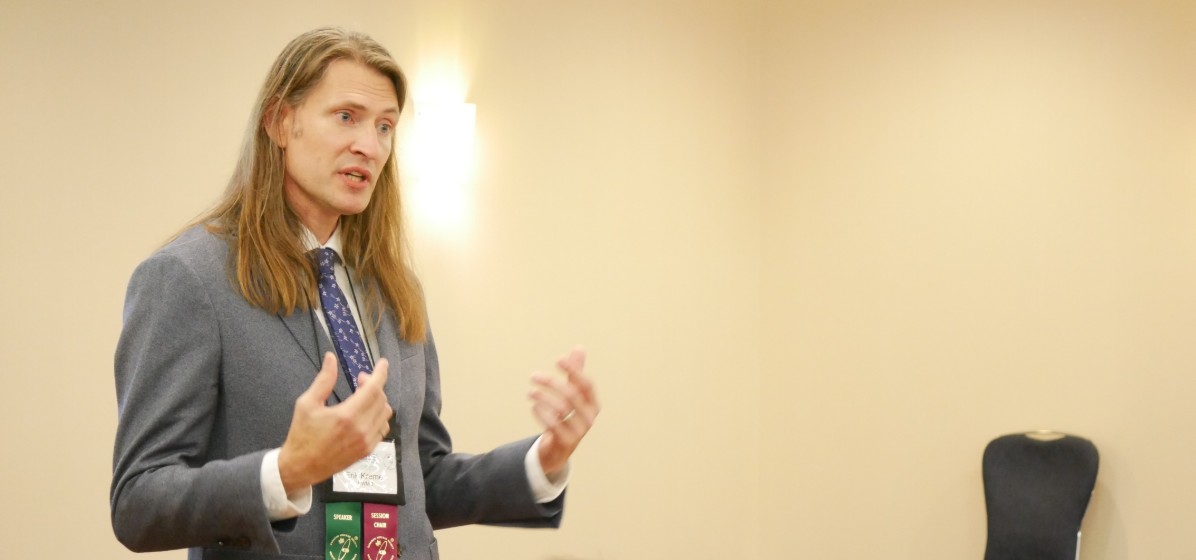Deep geological repository safety and siting was a focus of Day 3 at the 4th Nuclear Waste Management, Decommissioning and Environmental Restoration (NWMDER) Conference in Ottawa, Ont.
Highlights included a technical session with NWMO specialist Dr. Erik Kremer. He shared findings from the seventh case study – Postclosure Safety Assessment of a Used Fuel Repository in Sedimentary Rock – which concludes that a deep geological repository could be safely sited in an appropriate sedimentary rock formation in southern Ontario.
The report presented on this day builds on a series of postclosure safety assessments illustrating the long-term performance and safety of different repository designs within various potential geological settings relevant to Ontario. The seventh case study builds on existing work, including the sixth case study, which focused on crystalline rock. These assessments effectively help to build confidence in the long-term performance of a deep geological repository for Canada’s used nuclear fuel.
The NWMO team also outlined how these case studies provide a platform for discussion with our siting communities, their regional partners, the regulatory authorities, and other experts in the field, as well as with repository programs around the world.
And that is a wrap on this year’s NWMDER Conference. We will be back soon with a full detailed recap. Stay tuned!

